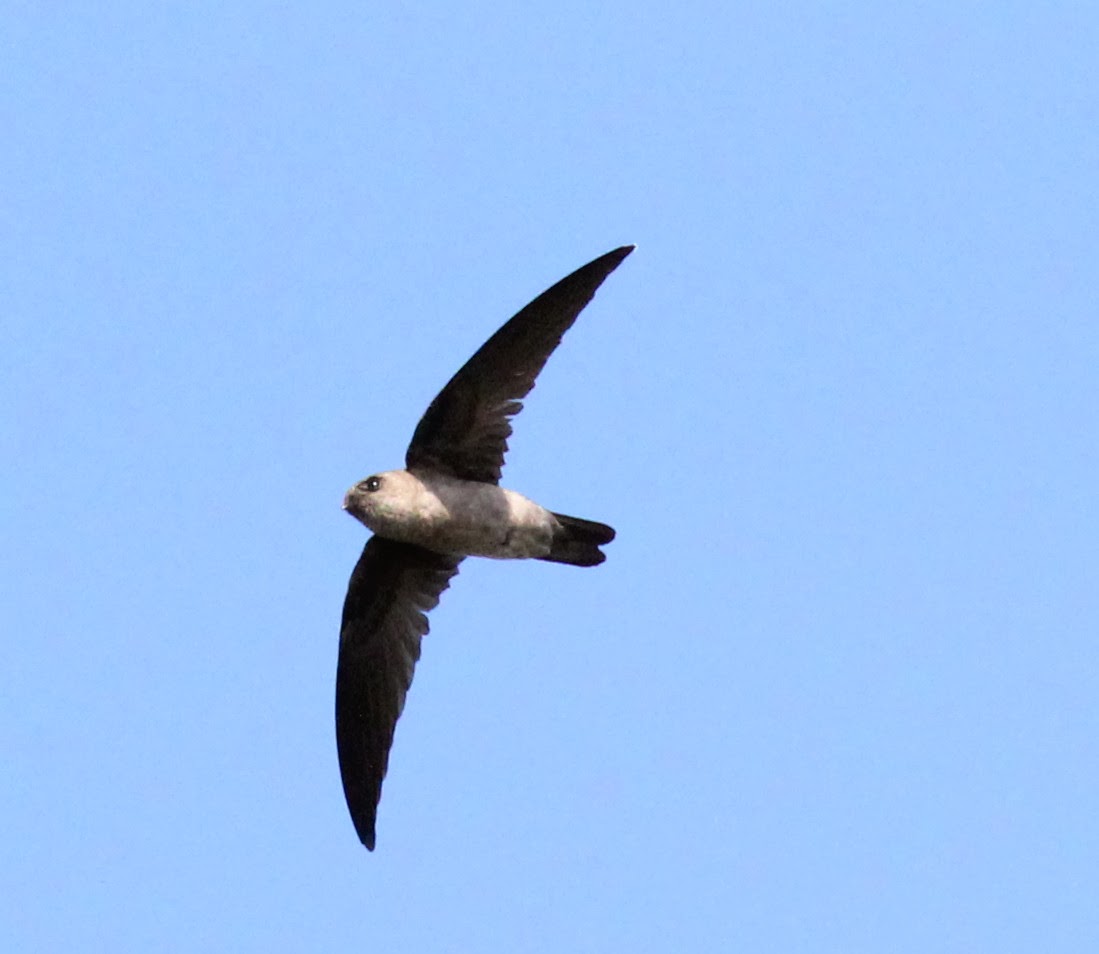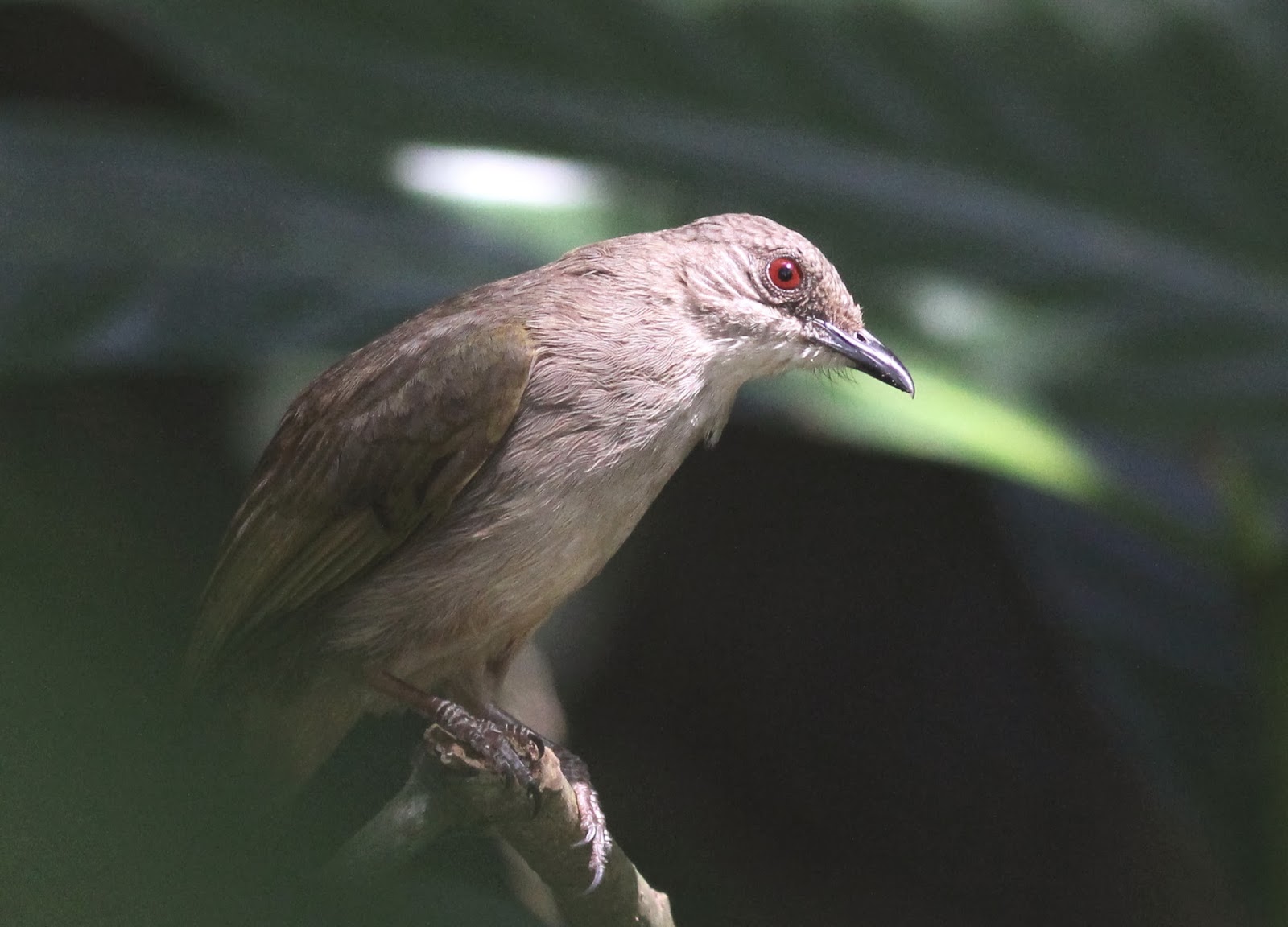Here are some of the "better" photos from the first visit (30 Jan 2014):
 |
| Terek Sandpiper |
There were lots of them on the first day but only a few were spotted on my second visit. They were probably wading elsewhere i guess.
 |
| Eurasian Curlew |
I believe this is a Common Greenshank rather than a Marsh Sandpiper
Looks like a Greater Sand Plover
A Brown-Headed Gull with a Broad-billed Sandpiper in the back ground.
A group of plovers and Curlew sandpipers
I think this was just a Germain's Swiftlet
Day 2 - 2 February 2014
My second trip was much better. I reached the mudflats about 40 minutes before the tide receded at about 17.00 hrs/5pm.
A flock of Pacific Golden Plovers. I have noticed that they would circle around before deciding to land on a suitable site.
The waders were more concentrated here as compared to the first visit hence allowing better scrutinising of the birds. Bulk of the waders were Pacific Golden Plovers followed probably by Curlew Sandpipers.
 |
| White-Bellied Sea Eagle |
 |
| Whiskered Tern |
The one of your left is a Common Greenshank while the one on the right was probably a Spotted/Nordman's Greenshank. Looks like they might have some kind of disagreement. Note: after further checking both the birds could have just been Common Greenshanks after all.
A Great Egret had also just landed.
A trio of Bar-Tailed Godwits. Initially i thought i have also seen an Asian Dowitcher but in the absence of a positive id and for ethical reporting i decided to forgo it.
 |
| Curlew Sandpiper |
 |
| Marsh Sandpiper |
 |
| Common Redshank |
 |
| Common Greenshank |
There were lots of this small whitish colored sand plovers but i believe they were just Lesser Sand Plovers
Initially i thought the bird behind the curlew was a Grey Plover but experts say it was just a Pacific Golden Plover.
 |
| Broad-Billed Sandpiper or Curlew ? (left) |
A group of Curlew Sandpipers
Although the weather was extremely hot on both days but i did enjoyed the trips and would certainly continue to do wader watching in the near future.








































